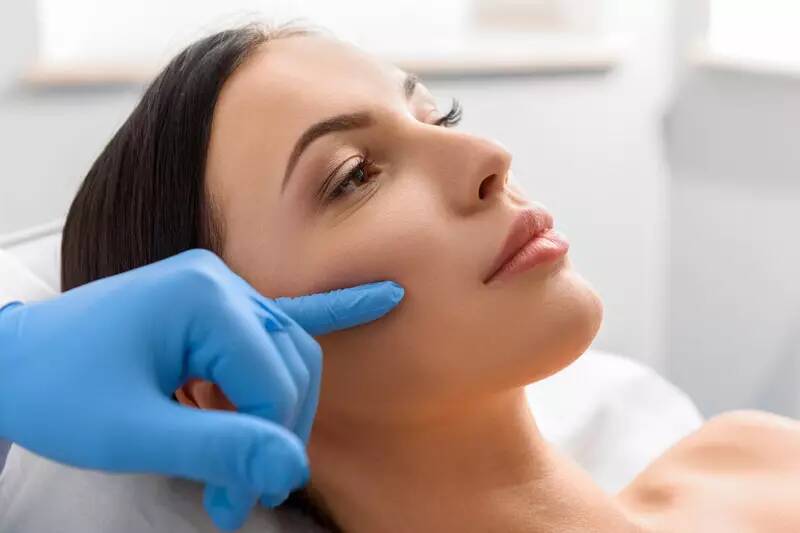We’re past the height of summer movie madness at the Regal Old Mill Theaters. Sometimes this summer there were so many previews, they could last 20 minutes. But when it comes to your skin — which is our reason d’etre at Deschutes — there’s a preview of something to come, as well. They are called actinic keratoses, and they are a preview of squamous cell carcinoma or basil cell carcinoma skin cancer.
Dr. Carter is an expert at spotting these precancerous skin lesions and treating them. This prevents them from developing into skin cancer.
What is an actinic keratosis?
Actinic keratoses are the result of long-term sun exposure. Sun exposure isn’t an individual event type of thing. Over the years, your amount of exposure accumulates and can eventually develop into both squamous cell and basil cell carcinomas.
An actinic keratosis is a rough, scaly patch growing on the skin. They look a bit like a dry patch, but with a definition. You’ll find them on areas that receive the most sun exposure. They can be different dimensions. Their color will range from light to dark, from pink to red. They can be flat or raised.
Who gets them?
More than 58 million Americans are diagnosed with actinic keratoses every year. They are more likely to develop in those with fair complexions, and in those with gray, green, or blue eyes. Darker-colored races, such as African-Americans, Samoans, Asians, and Hispanics, are less likely to develop these lesions.
How do we treat them?
The key with these lesions is to get rid of them before they develop into squamous or basil cell carcinomas. Some people don’t see any reason to remove these types of skin cancer, which isn’t usually life threatening, unlike melanoma. But if you let them grow, they can spread, and their removal can then be very disfiguring, especially in the face.
- Cryotherapy — This is the most common treatment for actinic keratoses. If you’ve ever been to our offices, you’ve probably been introduced to the liquid nitrogen bottle. Dr. Carter sprays the lesion with this extremely cold gas. The lesion turns red, swells, may blister, and then peels off.
- Topical creams and gels — Various topical applications can also remove actinic keratoses. One cream, 5-flurouracil, is applied to the skin for two to three weeks at home. It causes inflammation on the growth, which then peels off. Picato gel is only used for two to three days, causes a sunburn-type irritation, and makes the lesion peel away. Solareze gel is also effective.
- Photodynamic therapy — In photodynamic therapy, we apply a topical drug called Levulan to the skin. A blue light then activates the chemical in the drug, which kills abnormal skin cells.
- Topical immunotherapy — Over the past decade, a new approach for these lesions and even in situ skin cancers is to trigger the patient’s immune system to attack the abnormal pre-cancerous or cancerous cells. There are two prescription creams, Aldara and Zyclara, which are applied to the lesions daily. They trigger an immune response where the patient’s white blood cells attack and remove the abnormal cells.
If you have rough, scaly lesions on your skin, see the team at Deschutes. Dr. Carter will get rid of these growths before they become something more serious.


Recent Comments